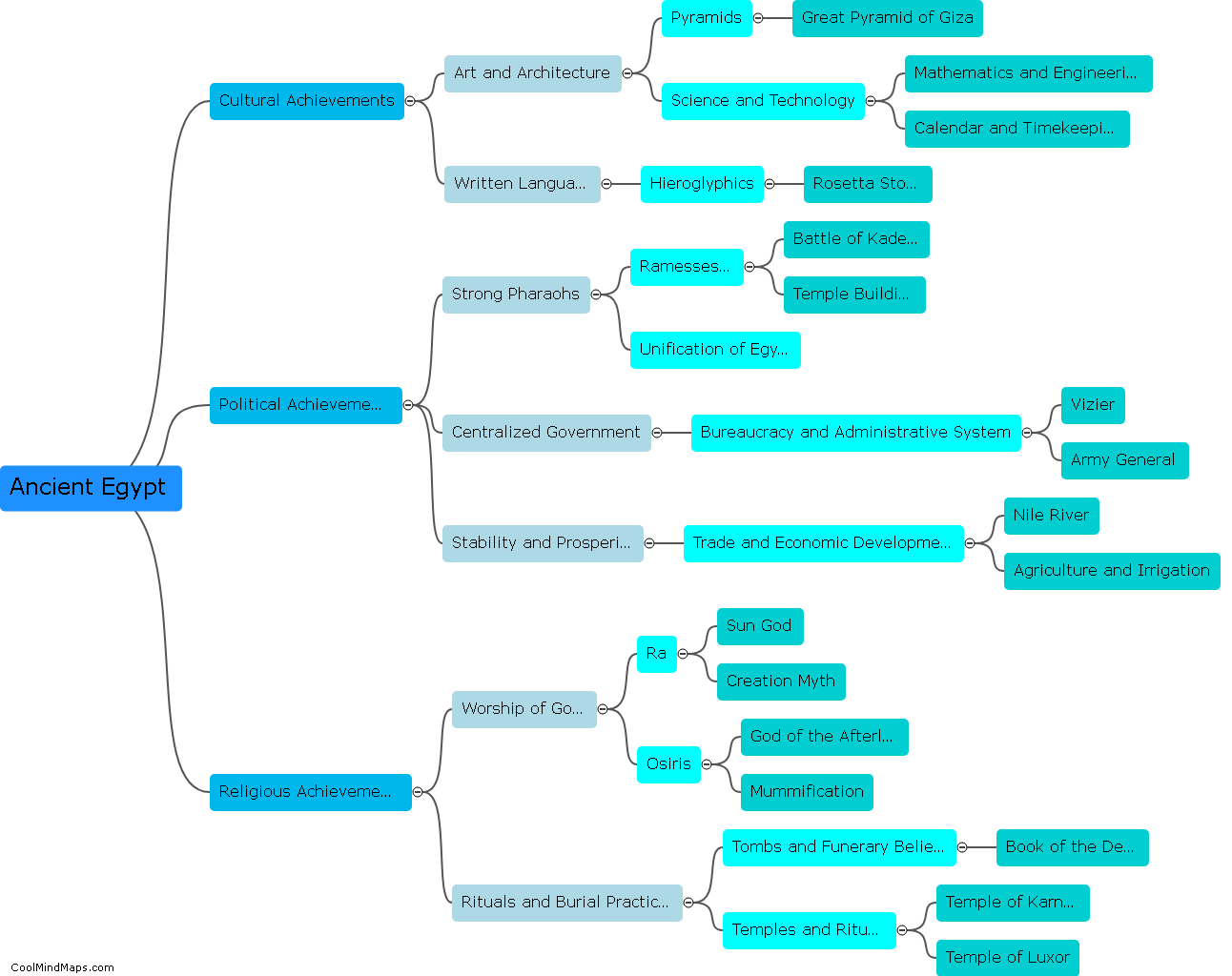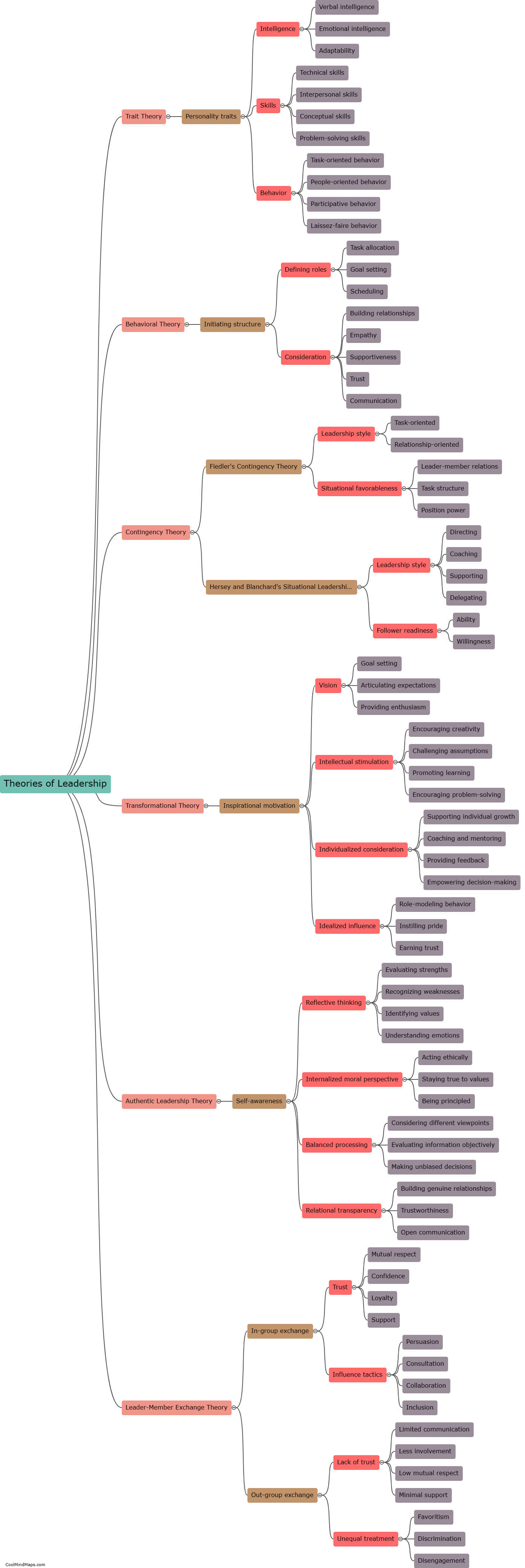How are vertebrates and invertebrates classified?
Vertebrates and invertebrates are two distinct groups of animals, classified based on the presence or absence of a backbone. Vertebrates, including mammals, birds, reptiles, amphibians, and fish, possess a well-developed internal skeleton made up of bones or cartilage, which provides support and protection for their bodies. On the other hand, invertebrates lack a backbone and encompass a vast array of organisms, such as insects, arachnids, mollusks, crustaceans, worms, and many more. Invertebrates typically have exoskeletons, shells, or a soft body structure, which fulfills a similar role to the vertebrate skeleton. Additionally, classification within each group is further organized based on diverse characteristics and anatomical features that distinguish various species.

This mind map was published on 26 October 2023 and has been viewed 109 times.











